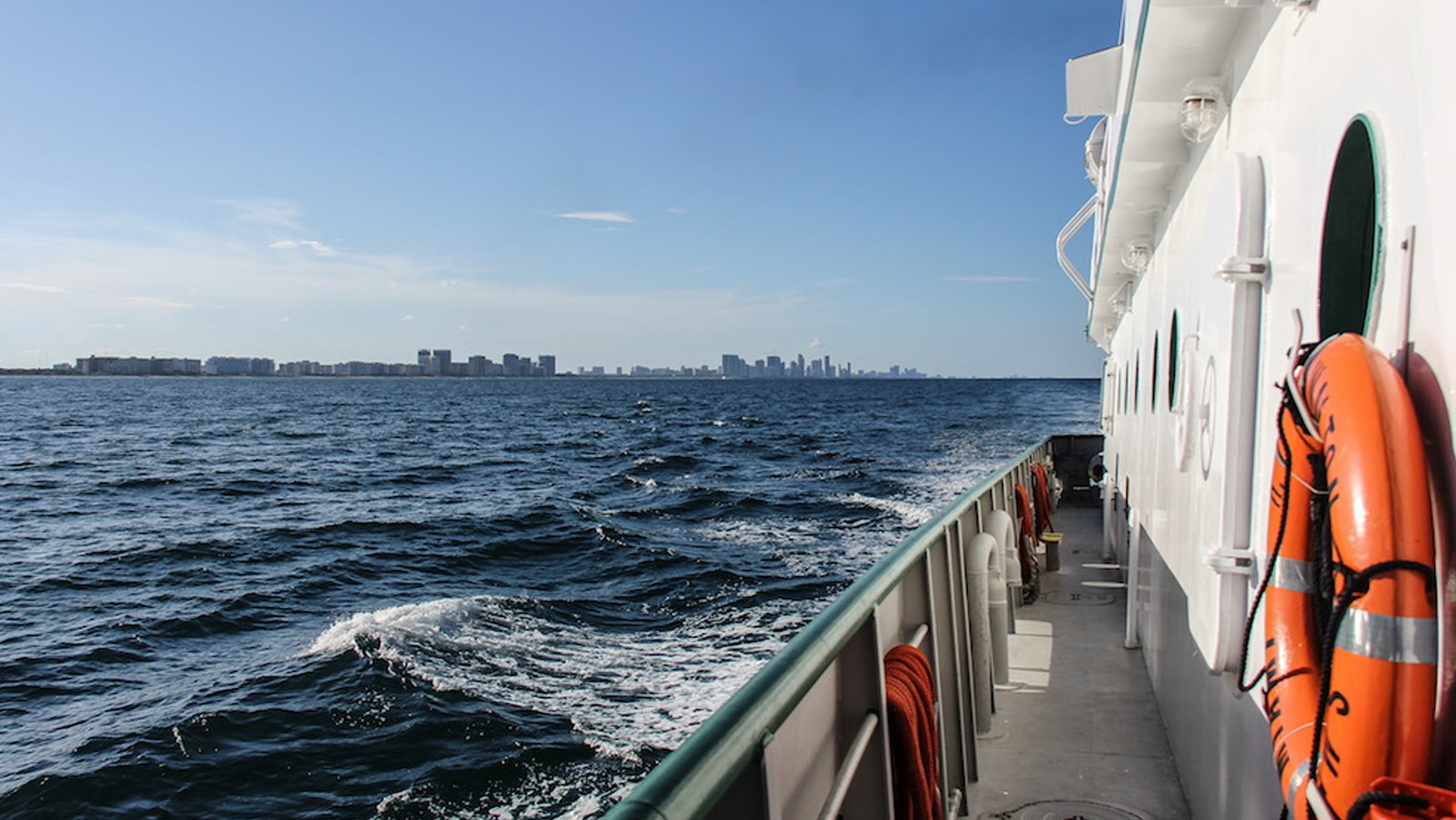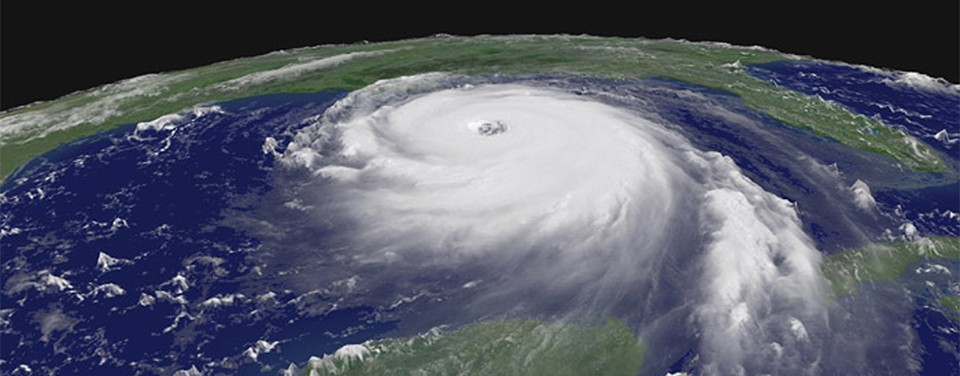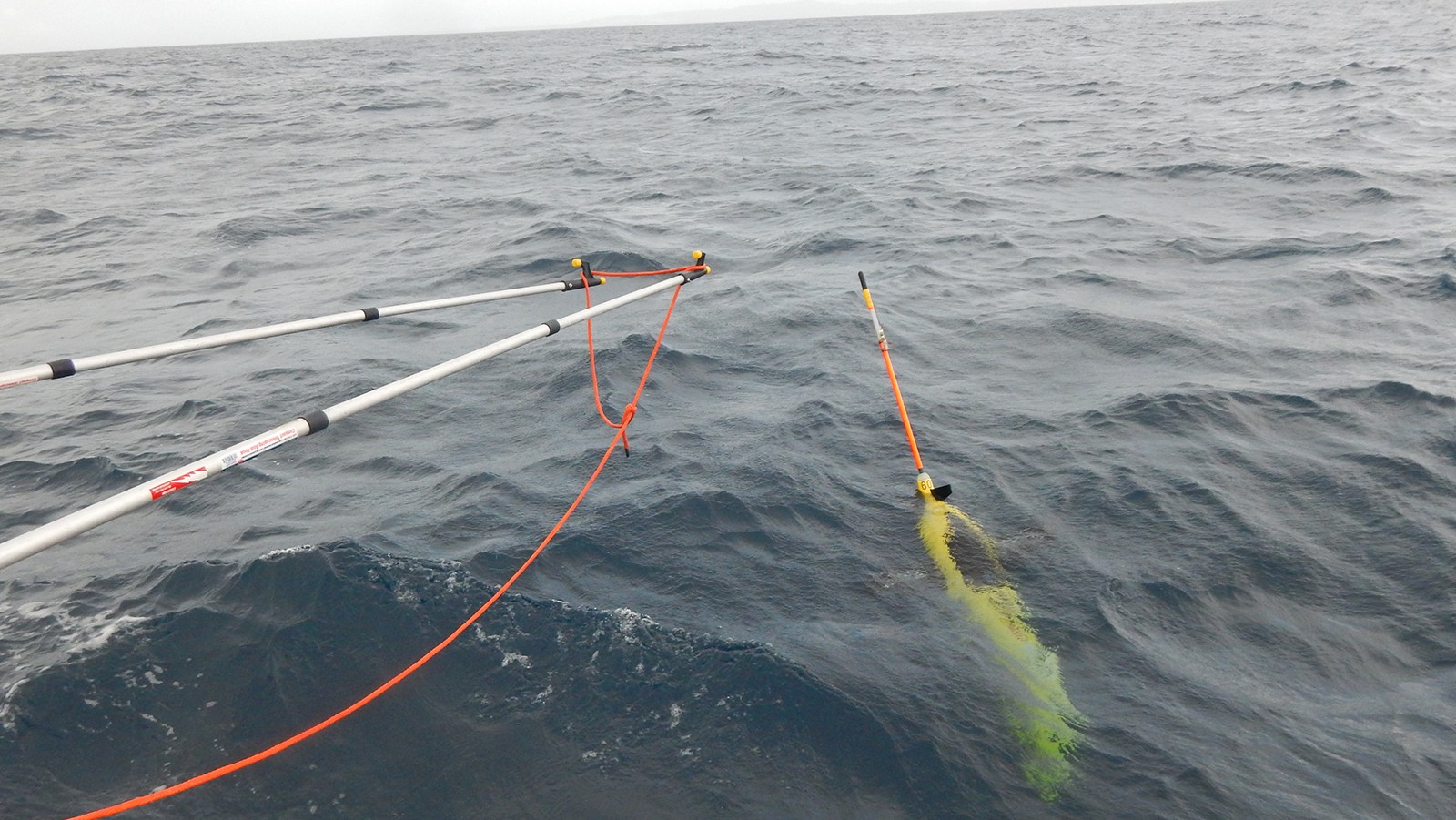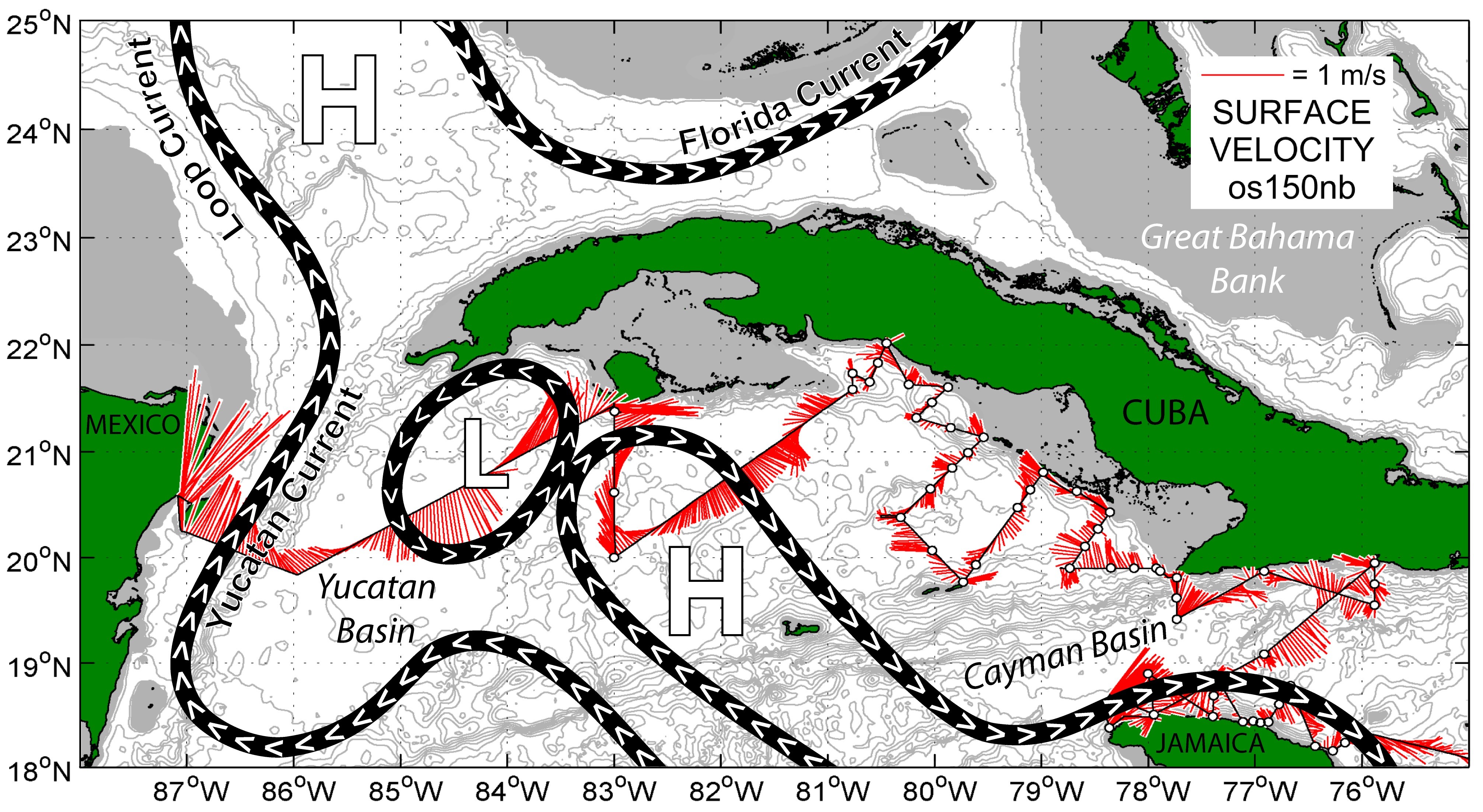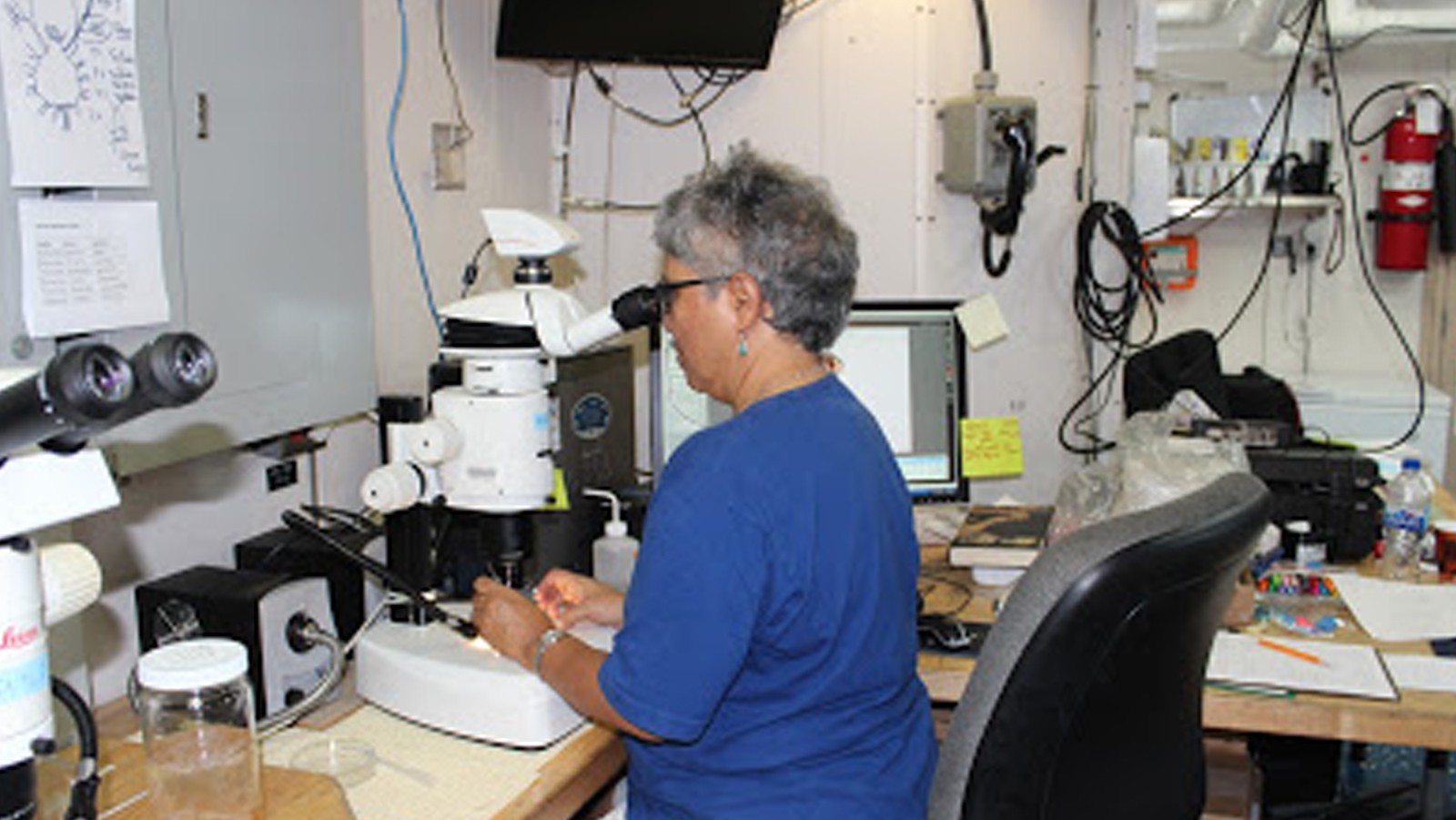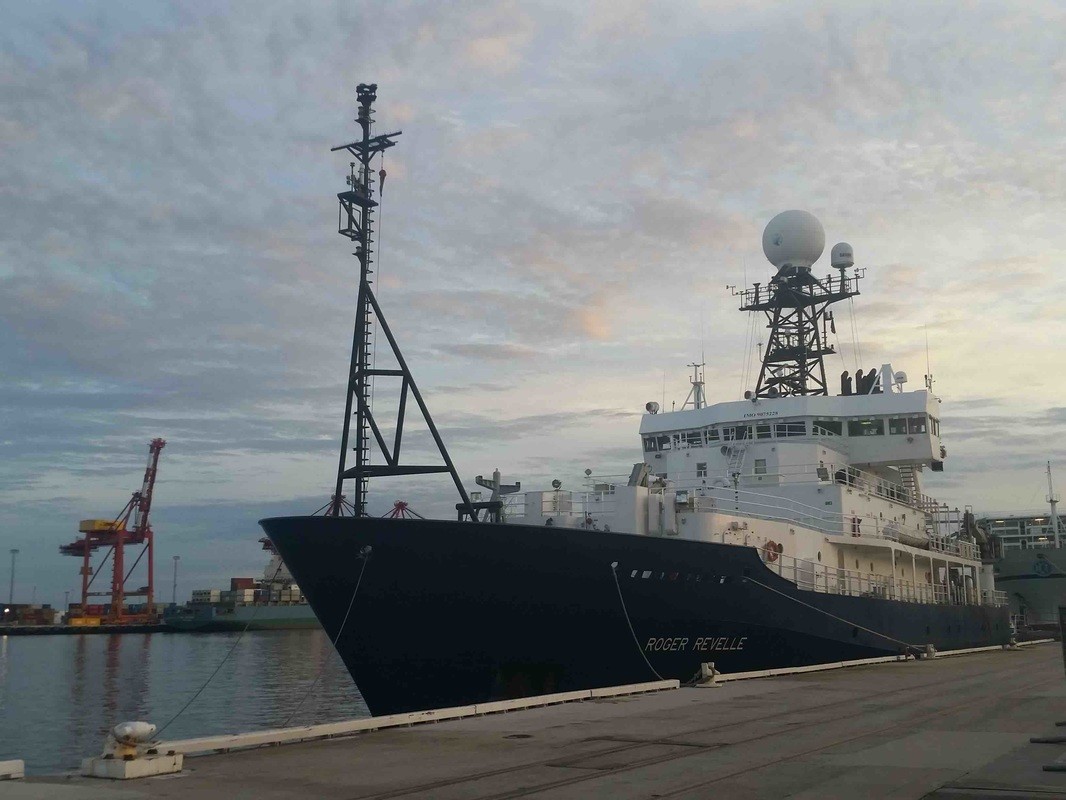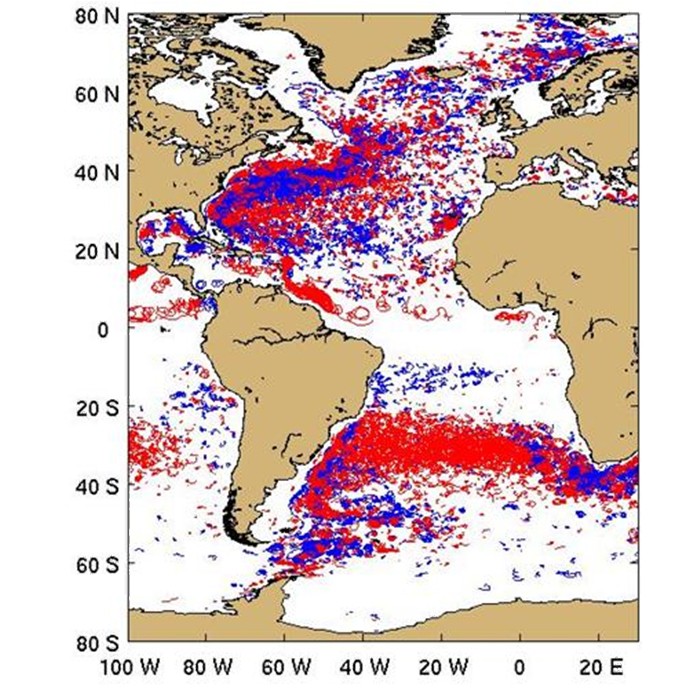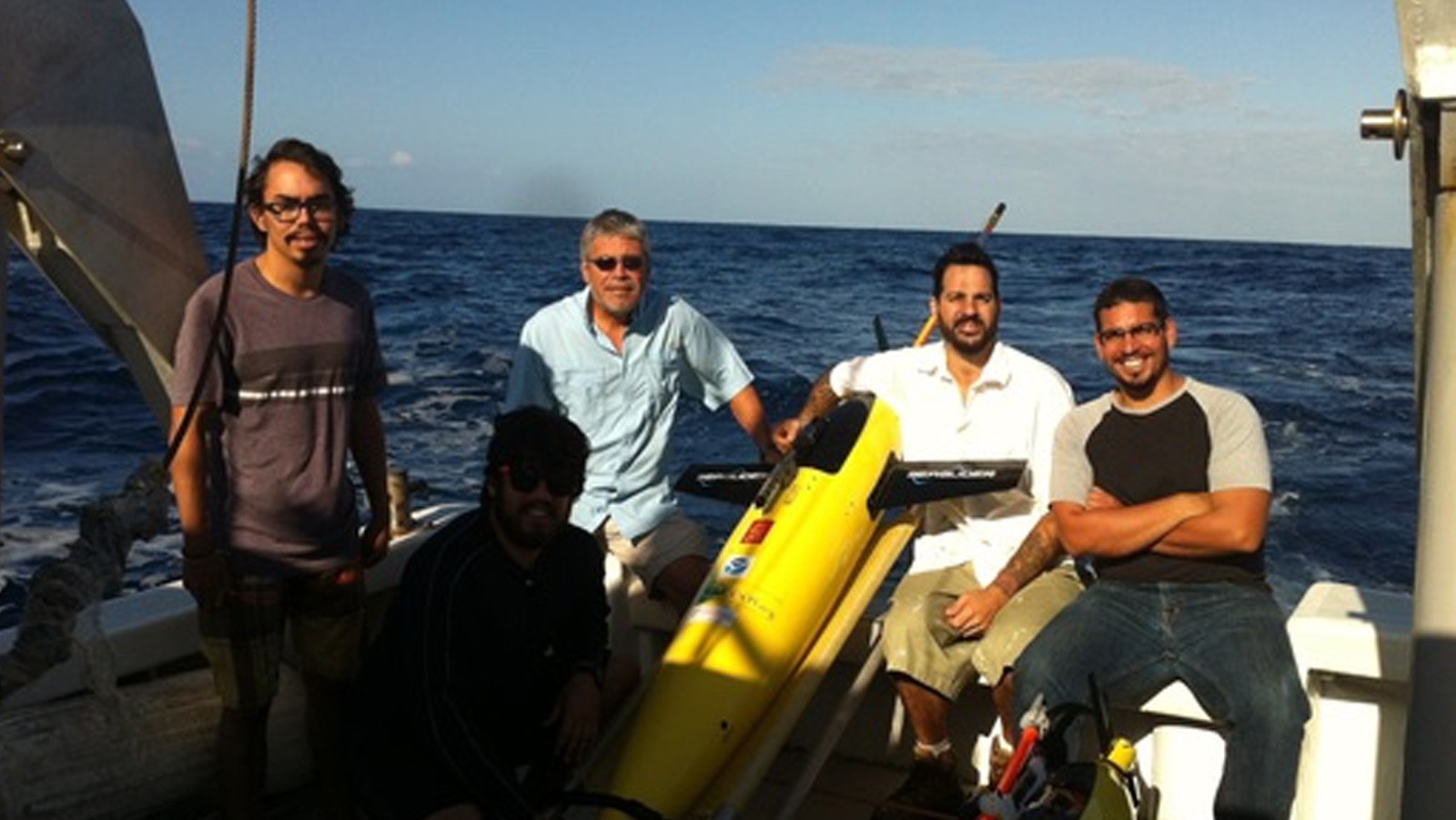F.G. Walton Smith Florida Straits Cruise
From July 13th to 14th, AOML researchers conducted a hydrographic survey along 27N in the Florida Straits as part of the Western Boundary Time Series project aboard the R/V F.G. Walton Smith. The cruise conducts surveys to quantify Florida Current volume transport and water mass changes.
